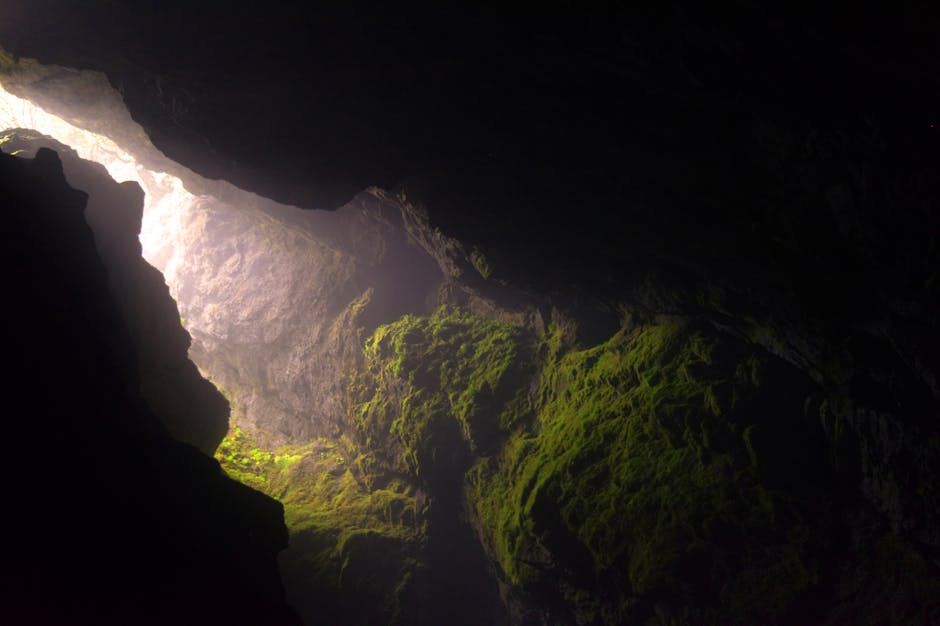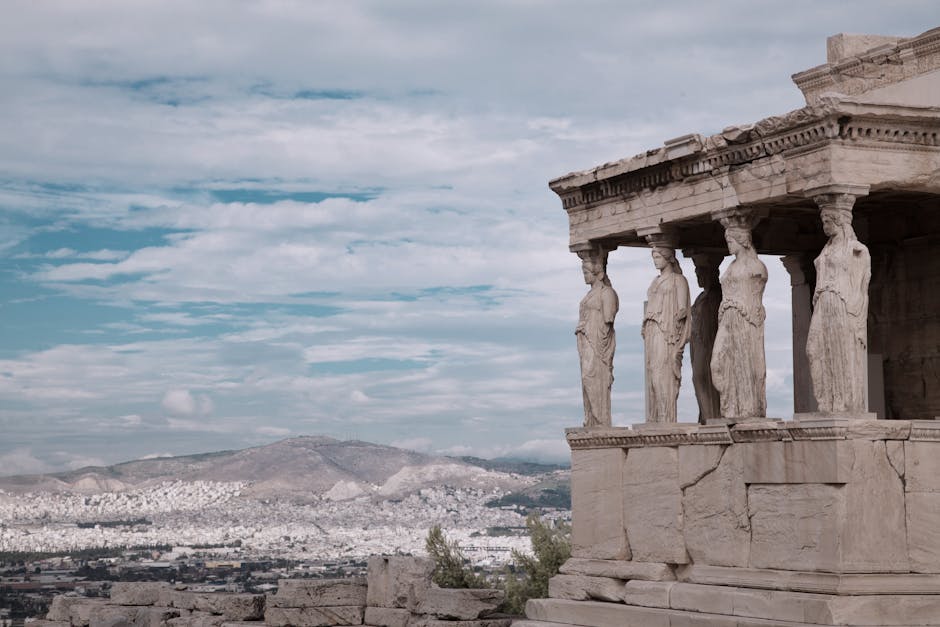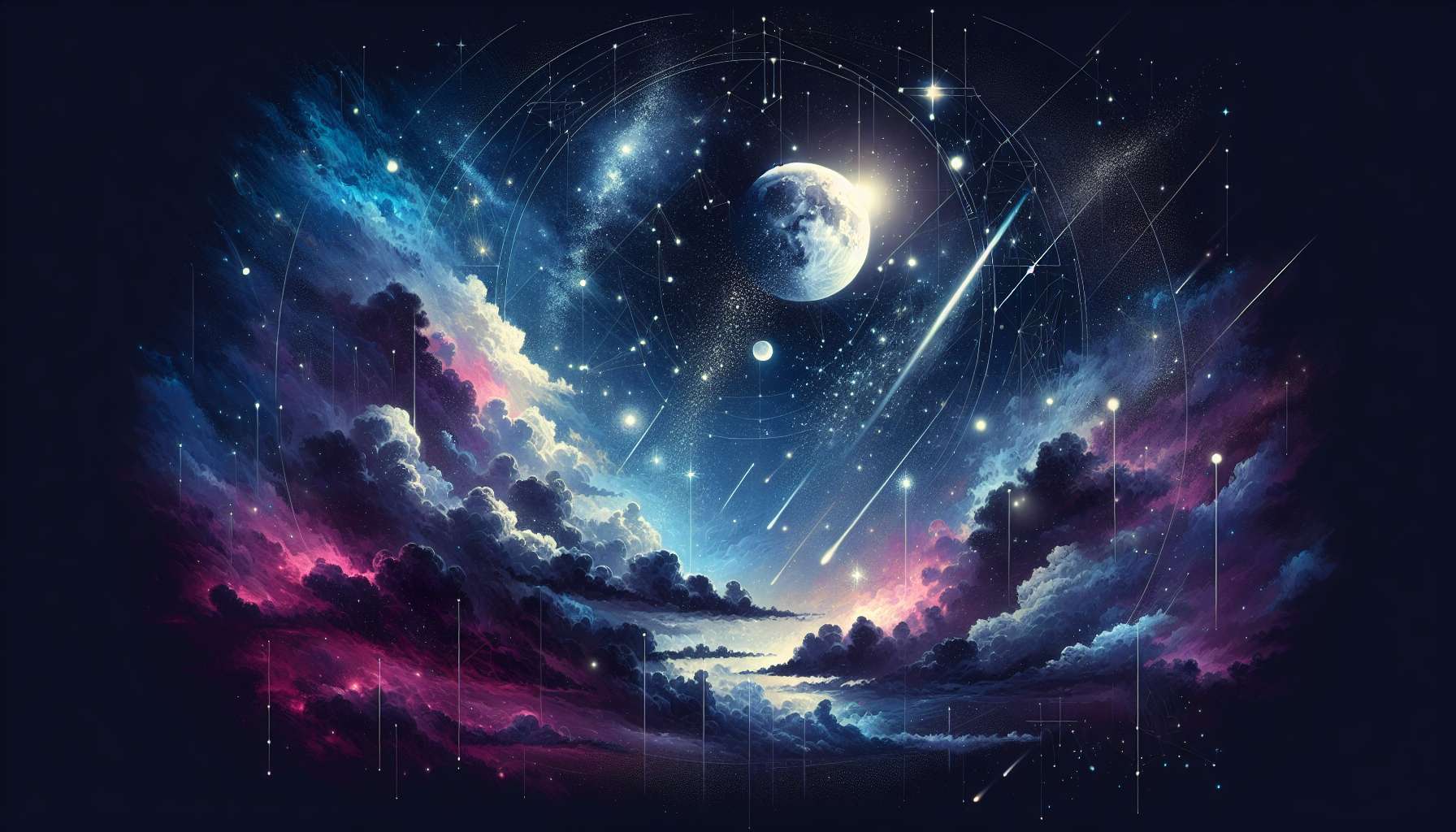Lunar Mythology in Art: Exploring the Mystical Connection
Throughout history, the moon has held a special place in human culture, inspiring myths, legends, and artistic expressions. The interplay between lunar mythology and art has resulted in a rich tapestry of creativity that continues to captivate audiences worldwide. From ancient civilizations to modern interpretations, the moon has served as a muse for artists across genres and mediums. In this article, we delve into the fascinating world of lunar mythology in art, exploring its significance, symbolism, and enduring impact.
The Moon in Art: A Timeless Inspiration
From the earliest cave paintings to contemporary masterpieces, the moon has been a recurring motif in art across cultures and time periods. Artists have drawn inspiration from its ethereal beauty, mystical symbolism, and ever-changing phases. The moon’s association with magic, mystery, and the subconscious mind has made it a compelling subject for artistic exploration.
One of the earliest depictions of the moon in art can be found in prehistoric cave paintings, where the celestial body is often portrayed alongside animals or human figures. These primitive representations highlight the primal connection between humans and the natural world, with the moon serving as a beacon of light in the darkness.

The Lunar Goddess: Feminine Symbolism in Art
Throughout history, the moon has been associated with the feminine principle, giving rise to the concept of the lunar goddess in various mythologies. In many cultures, the moon is personified as a goddess who embodies qualities such as nurturing, intuition, and creativity. Artists have often depicted the moon as a divine feminine figure, symbolizing the cyclical nature of life, death, and rebirth.
One of the most famous representations of the lunar goddess is Artemis, the Greek goddess of the moon and the hunt. In art, Artemis is often portrayed as a young woman with a crescent moon adorning her forehead, symbolizing her connection to the lunar cycle. Artists have explored Artemis’s dual nature as a fierce warrior and a protector of nature, capturing the complexity of her character in their works.

The Moon in Symbolism: Meaning and Interpretation
Across different cultures and traditions, the moon is rich in symbolism and meaning. In art, the moon is often associated with themes such as illumination, transformation, and the passage of time. Artists use the moon as a symbol to convey deeper emotions, ideas, and philosophies in their work.
One of the most common symbols associated with the moon is the crescent shape, which represents growth, change, and transition. In art, the crescent moon is often depicted as a symbol of new beginnings, creativity, and the unfolding of hidden potentials. Artists use this symbol to evoke a sense of mystery and wonder in their creations.
The Moon in Modern Art: Contemporary Interpretations
In the modern art world, artists continue to explore the theme of the moon in innovative and thought-provoking ways. From abstract paintings to immersive installations, the moon serves as a source of inspiration for artists seeking to push the boundaries of traditional art forms. Contemporary artists use the moon as a metaphor for exploration, discovery, and the unknown.
One example of a contemporary artist who incorporates lunar themes in his work is James Turrell, known for his immersive light installations that evoke a sense of celestial wonder. Turrell’s use of light and space creates an otherworldly experience for viewers, inviting them to contemplate their place in the cosmos.

Moon Myths and Legends: Influence on Artistic Imagination
Myths and legends surrounding the moon have fueled the artistic imagination for centuries, inspiring artists to create works that resonate with universal themes and emotions. From werewolves to lunar eclipses, the moon has been a central motif in folklore and storytelling, shaping the way artists interpret and portray its mystical qualities.
One of the most enduring myths associated with the moon is the story of the werewolf, a creature that transforms under the light of the full moon. Artists have depicted the werewolf in various forms, exploring themes of identity, duality, and the primal instincts that lie within us all. The werewolf myth has inspired countless works of art across different mediums, from literature to film.
The Moon in Music: Harmonies of the Celestial Sphere
Aside from visual art, the moon has also inspired musicians and composers to create works that evoke its ethereal beauty and mystique. From classical symphonies to modern pop songs, the moon’s influence can be heard in a wide range of musical genres. Artists use music to capture the emotional depth and transcendental qualities of the moon, creating sonic landscapes that transport listeners to another realm.
One of the most famous examples of a moon-inspired musical composition is Beethoven’s “Moonlight Sonata,” a piano sonata that captures the moon’s serene and contemplative nature. The haunting melody of the sonata reflects the moon’s ever-changing light and shadow, inviting listeners to ponder the mysteries of the night sky.
Expert Opinions: Perspectives on Lunar Mythology in Art
Renowned art historian Dr. Elizabeth Smith shares her insights on the significance of lunar mythology in art: “The moon has always been a powerful symbol in human culture, representing the cyclical nature of life, death, and rebirth. Artists draw on this symbolism to create works that evoke a sense of wonder and mystery, inviting viewers to explore the depths of their imagination.”
FAQs: Common Questions About Lunar Mythology in Art
1. How has the moon been depicted in different art forms throughout history?
2. What are some of the key themes and symbols associated with the moon in art?
3. How has lunar mythology influenced contemporary artists and their work?
4. What role does the moon play in shaping artistic interpretations of the cosmos?
Long story short, the connection between lunar mythology and art is a timeless and profound one, shaping the way we perceive the world around us and our place within it. By exploring the mystical qualities of the moon through artistic expressions, we gain a deeper understanding of the human experience and our interconnectedness with the cosmos.




